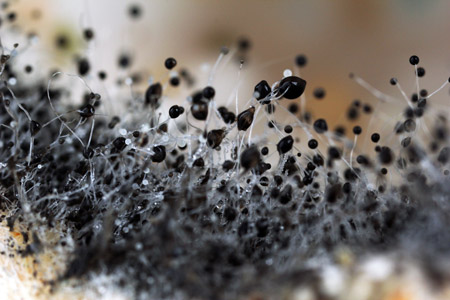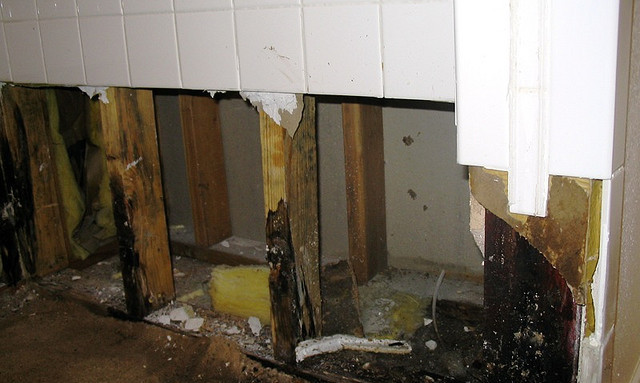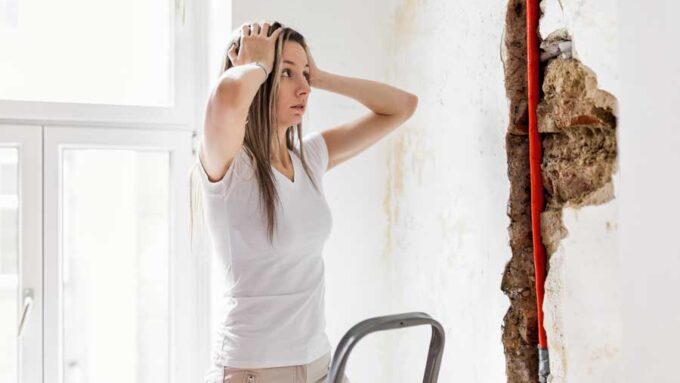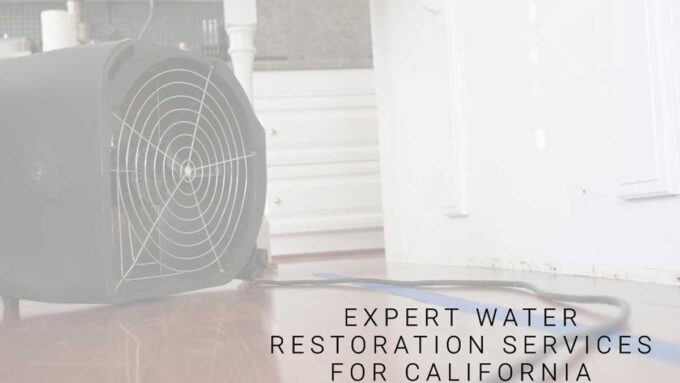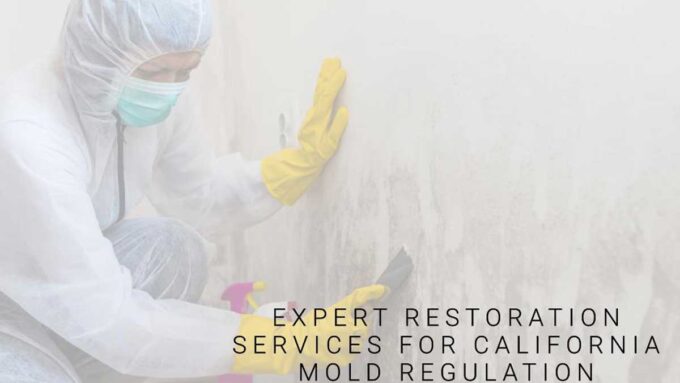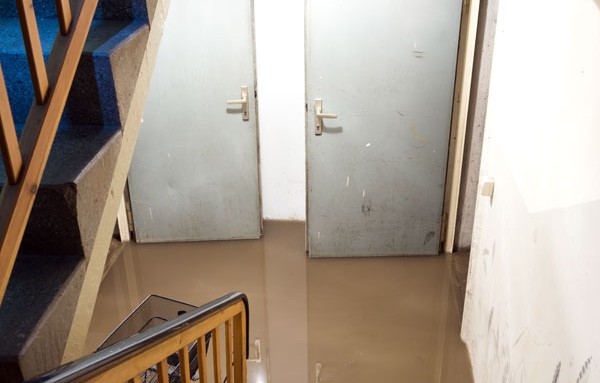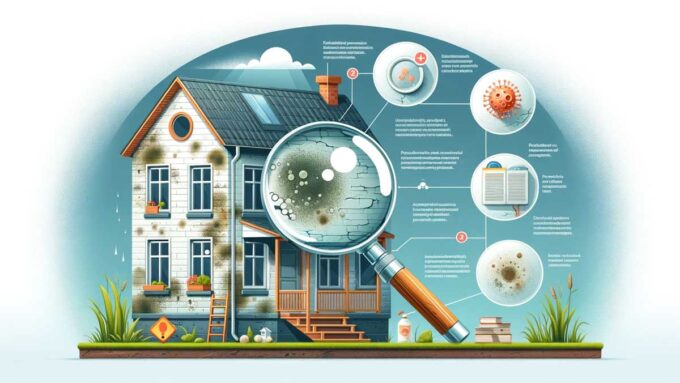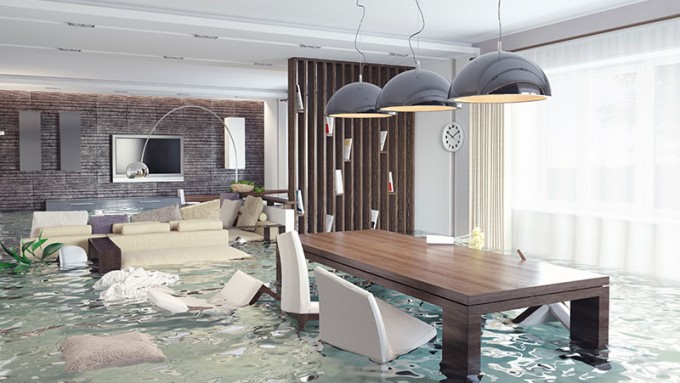Mold consists of tiny organisms that live quietly around us. Some mold is beneficial in that it aids in breaking down decaying plants and animals. Once broken down, the mold recycles any remaining nutrients back into the ground. In this manner mold has a beneficial purpose. It is the unhealthy version of mold that serves as the focus in the California Bill: SB 732, also known as the 2001 toxic mold protection act.
Mold Formation
Mold requires a microscopic environment to thrive. A basic food source exists in leaves, paper or dust for example. Once fed, mold begins to grow anywhere that moisture is present. Ideal locations include bathroom showers, crawl spaces, or basements.
Health Effects
Ingesting toxic amounts of mold negatively impacts human health. Long-term exposure to mold causes asthma to develop. Additional health effects you may see as a result of mold exposure include eye irritations, eczema and chest congestion.
2001 Toxic Mold Protection Act
In 2001 the California Health Department was ordered to look at the feasibility in determining the presence of mold in residential homes. In addition to detecting its presence, the health department also needed to take a look at the health of residences where toxic mold was forming.
At the same time, a separate task force began to examine what toxic mold does to the human health system. The panel must create guidelines that establish a process for preventing additional exposure to toxic mold. The task force also took a look at how prevent health issues due to toxic mold exposure from becoming worse for any infected individual.
Upon testing, it was determined that toxic mold was present in most of the homes that underwent evaluation. The California Health Department took quick action to begin cleaning up any toxic mold existence while also treating the residents for any infections or health problems that resulted from the toxic mold exposure.
As part of a future prevention process the toxic mold task force put the following practices into place.
Prevention of Mold
- Conduct regular visual inspection of property, making sure to include areas where moisture is known to form.
- Routinely check for leaks of doors, windows and other seals where water might seep in without notice.
- Moisture prone appliances should receive a proper ventilation system in order to prevent moisture from remaining trapped which causes mold to form.
- Businesses with drip pans, oil pans and other accessories prone to water collection must conduct visual inspections of these items often.
Mold Clean-Up
- Eliminate the source of the moisture
- Remove mold that is visible, making sure to check the area directly behind where mold resides.
- Clean up crew members must wear protective gear at all times when working in areas of mold exposure.
- Extreme presence of mold may require the services of a professional mold clean up service.
These precautions are active as prevention for the spread of toxic mold. It is a policy still in place today.

